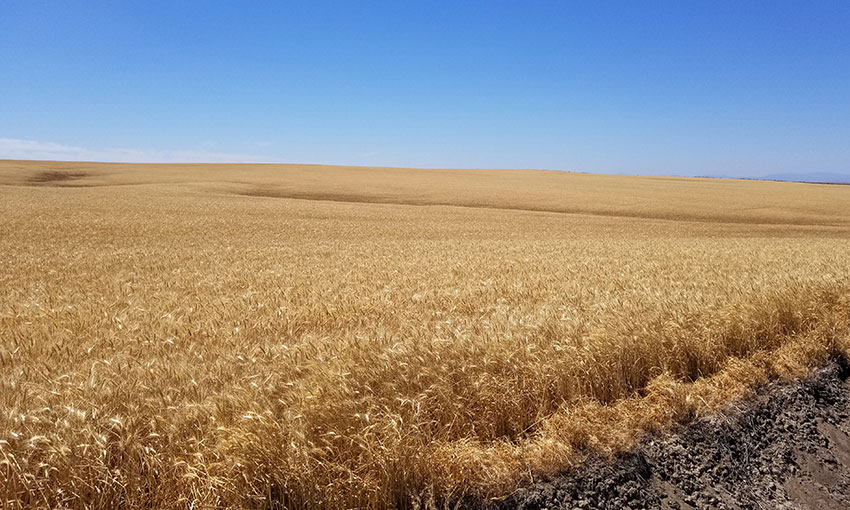NEW grain export ports achieved their highest market share of Australian grain exports, reducing the market share of long-established incumbent ports, according to the Bulk grain ports monitoring report – data update 2020-21, published by the Australian Competition and Consumer Commission.
This year’s bulk grain port monitoring report is the first time that the ACCC has released a data update report ahead of stakeholder consultation. The report identifies that the 2020-21 shipping year resulted in record volumes of bulk grain exports, arising from the second largest grain harvest since the ACCC began collecting grains data in 2011.
The ACCC’s Bulk grain ports monitoring report – data update provides a consolidated information source about Australian bulk grain exports and competition for bulk grain export port terminal services at ports around Australia.
ACCC deputy chair Mick Keogh said the 2020-21 season presented a good opportunity to test the effectiveness of new and competing ports and the impact of reduced regulation on these markets.
“The data shows the new facilities are opening up opportunities for growers and exporters, and the ACCC welcomes industry feedback on whether these developments are sustainable or are a response by exporters to constraints associated with existing facilities or limits to the overall effectiveness of the Wheat Ports Code,” Mr Keogh said.
The report demonstrates that exporter market shares changed at a number of facilities in 2020-21, and that on average only five exporters used each port, compared to eight in 2011-12, despite a near-record production of grain.
“Despite a record year for bulk grain exports, the data shows a decline in the average number of exporters per port, while at the same time a growing number of new and smaller port facilities are increasing exports,” Mr Keogh said.
This has meant significant changes over the past few years, with two of the three major port terminal service providers, Viterra and GrainCorp, beginning to lose market share to the growing number of the new bulk grain port terminal facilities across Australia. The other major provider, CBH, continues to provide the vast majority of services in Western Australia.
“The ACCC is particularly interested in looking at whether the increased use of new port facilities is a result of the large harvest, the economic efficiency of these facilities, or the difficulty securing access to the incumbent ports,” Mr Keogh said.
“These are important considerations which will inform the ACCC’s assessment of the value of granted exemptions and the long term need for the code.”





